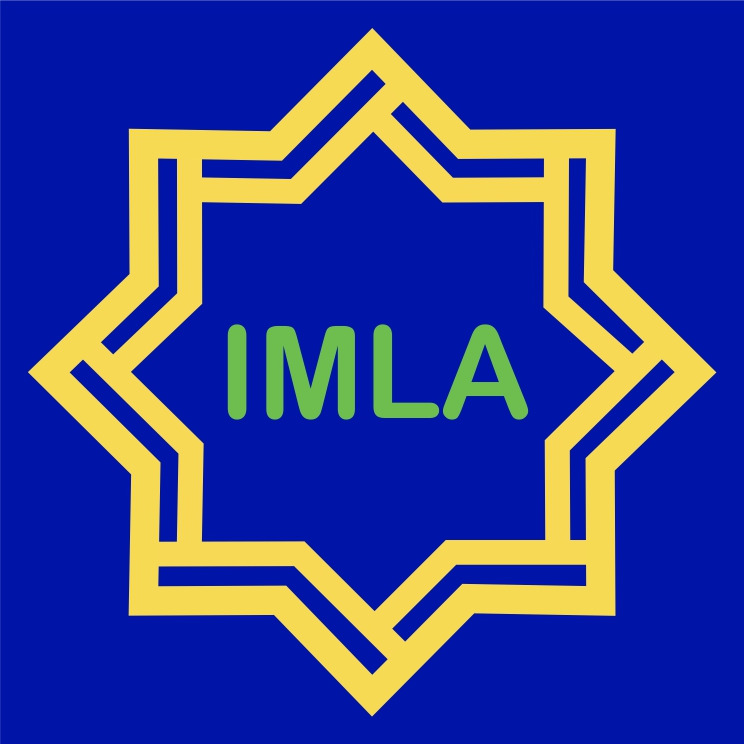Analisis Morfologi Doa dalam al-Qur’an Surat al-Baqarah 186
DOI:
https://doi.org/10.29240/jba.v3i2.970Keywords:
Composition of do’a, morphology, al-Qur’anAbstract
This study not only aims to discribe derivation of the word do’a, but also composition of do’a. For this purpose, researcher uses qualitative descriptive method with morphological analysis. The result shows that the word do’a in Surah al-Baqarah 186 is mentioned three times with derivation form: دعوة; gerund = praying, الداع; subject = prayer, dan دعا; past verb = prayed. In addition, there are two things in the composition of doa, namely istijabah (Ùليستجيبوا لي) = hard work and iman (وليؤمنوا بي) = confidence. So, whoever want to be responded by God, he must do both of those things. Indeed, since someone prayed to God, from that time God also began to respond to his do’a.
Downloads
References
Chaer, Abdul. Linguistik Umum. Jakarta: RinekaCipta, 2007.
Fajar, Dadang Ahmad. Epistimologi Doa. Bandung: NuansaCendekia, 2011.
Fathoni, Hanif. “Pembentukan Kata dalam Bahasa Arab (Sebuah Analisis Morfologis ‘K-T-B’).†Jurnal at-Ta’dib, 1, 8 (2013): 45–48.
Hakim, Awaludin. “Doa dalam Perspektif al-Qur’an Kajian Tafsir Ibnu Kathir dan Tafsir al-Azhar.†Jurnal al-Fath, 1, 11 (2017): 45–70.
Irawati, Retno Purnama. Linguistik Umum. Jakarta: RinekaCipta, 2013.
Istiqomah, Himatul. “Konsep Manusia Sebagai Insan dalam Sebagian Ayat Al-Qur’an.†Prosiding Konasbara IV (2018): 439–45.
Keraf, Gorys. Linguistik Bandingan Historis. Jakarta: PT Gramedia Pustaka Utama, 1991.
Mahsun. Metode Penelitian Bahasa. Jakarta: Rajawali Press, 2014.
Manupraba, Wisnu. “TafsirQ.com.†Tafsir al-Quran Online (blog), 2019. https://tafsirq.com.
Mappiase, Arman. “Afiks Derivasional dan Infleksional Bahasa Sobey di Kabupaten Sarmi Provinsi, Papua.†Metalingua, 1, 15 (2017): 13–24.
Ma’shum bin Ali. al-Amtsilah at-Tashrifiyah. Maktabah Syekh Salim bin Sa’ad Nabhan, 1965.
Moleong, Lexy J. Metode Penelitian Kualitatif. Bandung: Remaja Rosdaya, 2004.
Nur, Tajudin. “Infleksi dan Derivasi dalam Bahasa Arab: Analisis Morfologi.†Metalingua, 2, 16 (2018): 273–83.
Ramlan, M. Ilmu Bahasa Indonesia, Morfologi. Suatu Tinjauan Deskriptif. Yogyakarta, 1978.
Rosi, Fauzi Fathur. “Dimensi I’jaz al-Qur’an pada Pengulangan Ayat dalam Surah Ar-Rahman (Telaah Terhadap Tafsir Fi Dhilal al-Qur’an Karya Sayyid Quthb)â€. Tesis, UIN SunanAmpel, 2018.
Setiawan, Ebta. “KBBI Online.†Kamus Besar Bahasa Indonesia (KBBI) (blog), 2019. https://kbbi.web.id.
Soleh, Harmathilda H. “Do’a dan Dzikir dalam Meningkatkan Kecerdasan Emosi.†PSIKIS-JurnalPsikologiIslami, 1, 2 (2016): 29–39.
Solehudin. “Epistimologi Doa KH Asep Mukarram.†Syifa Al-Qulub, 1, 2 (2017): 12–25.
Syaripudin, Undang. “Pembuatan Game Ilmu Shorof (Tashrief) Sebagai Media Pembelajaran Bahasa Arab.†Jurnal ISTEK, 1-2, 6 (2012): 125–36.
Downloads
Published
How to Cite
Issue
Section
Citation Check
License
Authors who publish with Arabiyatuna: Jurnal Bahasa Arab agree to the following terms:- Authors retain copyright and grant the journal right of first publication with the work simultaneously licensed under a Creative Commons Attribution-NonCommercial-ShareAlike 4.0 International License (CC BY-NC-SA 4.0) that allows others to share the work with an acknowledgment of the work's authorship and initial publication in this journal.
- Authors are able to enter into separate, additional contractual arrangements for the non-exclusive distribution of the journal's published version of the work (e.g., post it to an institutional repository or publish it in a book), with an acknowledgment of its initial publication in this journal.
- Authors are permitted and encouraged to post their work online (e.g., in institutional repositories or on their website) prior to and during the submission process, as it can lead to productive exchanges, as well as earlier and greater citation of published work (See The Effect of Open Access).














 This work is licensed under a
This work is licensed under a 